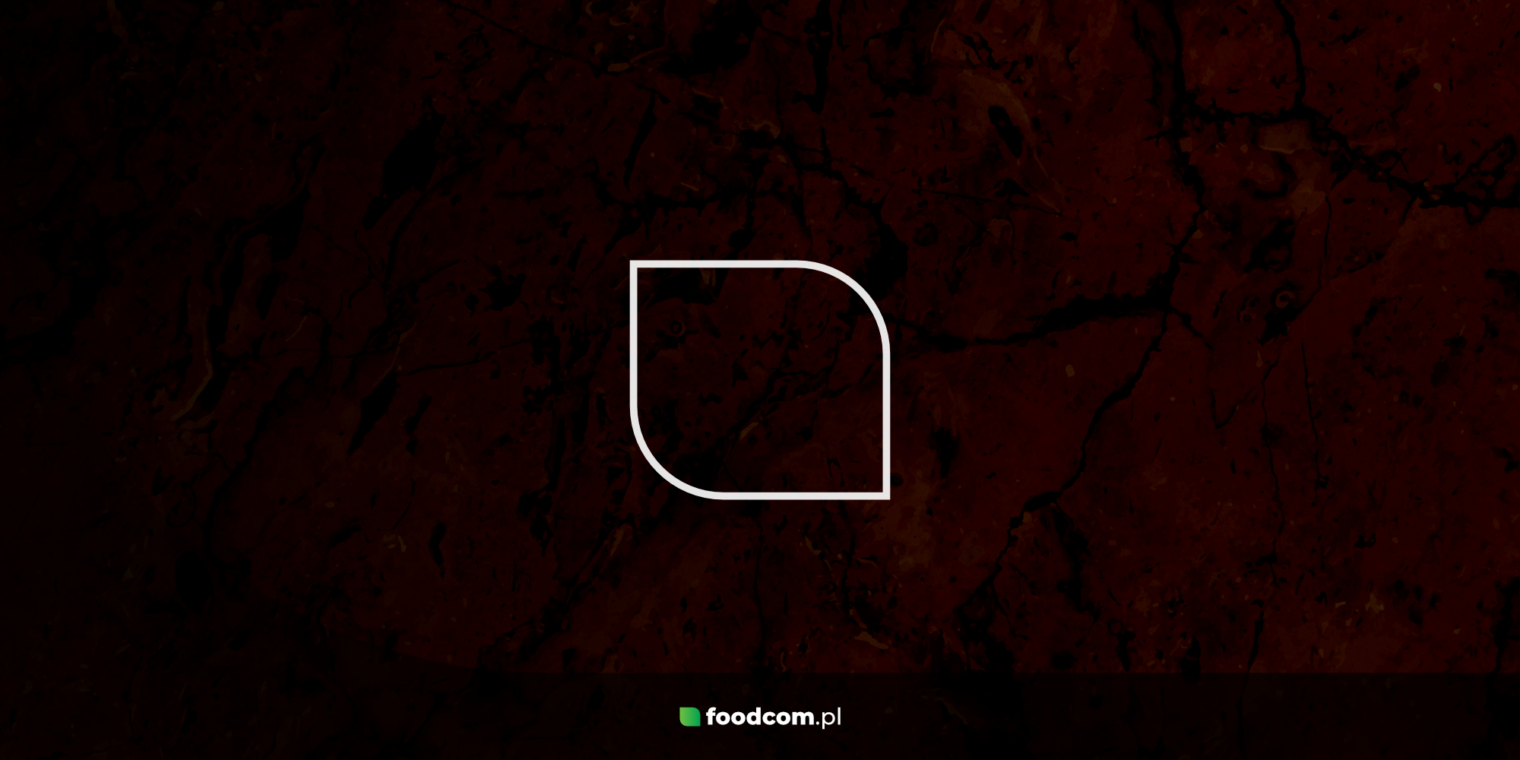Summary
Table of contents
In this article we focused on blood meals. Read our overview of blood meal products. Take a look at the production process, nutritional value, and application of blood meal. Discover also the insights from the global market and learn what factors enhance the development of the sector.
Blood meal is a dry brown powder produced from the blood obtained after slaughtering farming animals including poultry, swine, and cattle. The raw material is examined and sterilized before further processing to ensure that the product is free of pathogens such as salmonella. The blood undergoes the process of drying and its method determines the product’s final characteristics. The most common types of drying include solar and oven drying common for small-scale operations. Industrial methods commonly include drum drying, ring and flash drying, or spray drying. The specifications of the production process depend also on the national regulations.
Blood meal including poultry blood meal and mixed-blood meal are popular additives to animal feed where higher protein content is desired. Blood meals are commonly used ingredients in premixes for cattle feed, swine diet, and aquaculture. They are recognized as an excellent source of protein ranging from 80% to 90%. Blood meals also contain high levels of natural nitrogen and amino acid lysine. The products are highly digestible, cost-efficient, and easily incorporable into different types of forage. Supplying animal feed with blood meal enriches the diet with proteins while also providing a set of nutritional components such as lysine, vitamins, and minerals. The high content of protein enhances tissue formation while lysine ensures the proper functioning of enzymatic reactions and carbohydrate metabolism. In the aquaculture diet, blood meal enhances fish growth, weight gain, and protein retention.
Additionally, high levels of nitrogen and iron in blood meal make this product a popular fertilizer of a natural source. Blood meal fertilizers are non-synthetic and improve crop growth, increase the acidity of the soil, maintain the right balance between nitrogen and carbon but also serve as a deterrent for animals such as deer, squirrels, and moles.
The global blood meal market was valued at around $ 1.8 billion in 2019 and is expected to grow at 3.1% CAGR for the next 5 years. In 2027, the market is expected to be worth $ 2.3 billion by 2027. At the same time, the European blood meal market is projected to grow at a similar pace reaching the value of over $ 451 million by 2027. The Asia Pacific owes the largest market share, followed by North America and then Europe. In the Asia Pacific region, the development of the blood meal segment is propelled by increasing urbanization and higher disposable income. In high revenue-generating countries including China and Vietnam, the consumption of meat products is increasing therefore the need for animal feed is accelerating. In the North American region, the market is also driven by the increasing consumption of meat, eggs, and dairy products.
Blood meal is produced primarily from poultry blood but also from porcine and ruminant blood to a lesser extent. Based on application, blood meal in feed is currently used mainly in poultry diets as well as in swine and cattle nutrition. However, the aquafeed segment is projected to grow at the fastest rate in the upcoming years.
Blood meal is a dry brown powder produced from the blood obtained after slaughtering farming animals including poultry, swine, and cattle. The raw material is examined and sterilized before further processing to ensure that the product is free of pathogens such as salmonella. The blood undergoes the process of drying and its method determines the product’s final characteristics. The most common types of drying include solar and oven drying common for small-scale operations. Industrial methods commonly include drum drying, ring and flash drying, or spray drying. The specifications of the production process depend also on the national regulations.
Application and benefits
Blood meal including poultry blood meal and mixed-blood meal are popular additives to animal feed where higher protein content is desired. Blood meals are commonly used ingredients in premixes for cattle feed, swine diet, and aquaculture. They are recognized as an excellent source of protein ranging from 80% to 90%. Blood meals also contain high levels of natural nitrogen and amino acid lysine. The products are highly digestible, cost-efficient, and easily incorporable into different types of forage. Supplying animal feed with blood meal enriches the diet with proteins while also providing a set of nutritional components such as lysine, vitamins, and minerals. The high content of protein enhances tissue formation while lysine ensures the proper functioning of enzymatic reactions and carbohydrate metabolism. In the aquaculture diet, blood meal enhances fish growth, weight gain, and protein retention.
Additionally, high levels of nitrogen and iron in blood meal make this product a popular fertilizer of a natural source. Blood meal fertilizers are non-synthetic and improve crop growth, increase the acidity of the soil, maintain the right balance between nitrogen and carbon but also serve as a deterrent for animals such as deer, squirrels, and moles.
Global market
The global blood meal market was valued at around $ 1.8 billion in 2019 and is expected to grow at 3.1% CAGR for the next 5 years. In 2027, the market is expected to be worth $ 2.3 billion by 2027. At the same time, the European blood meal market is projected to grow at a similar pace reaching the value of over $ 451 million by 2027. The Asia Pacific owes the largest market share, followed by North America and then Europe. In the Asia Pacific region, the development of the blood meal segment is propelled by increasing urbanization and higher disposable income. In high revenue-generating countries including China and Vietnam, the consumption of meat products is increasing therefore the need for animal feed is accelerating. In the North American region, the market is also driven by the increasing consumption of meat, eggs, and dairy products.
Blood meal is produced primarily from poultry blood but also from porcine and ruminant blood to a lesser extent. Based on application, blood meal in feed is currently used mainly in poultry diets as well as in swine and cattle nutrition. However, the aquafeed segment is projected to grow at the fastest rate in the upcoming years.








